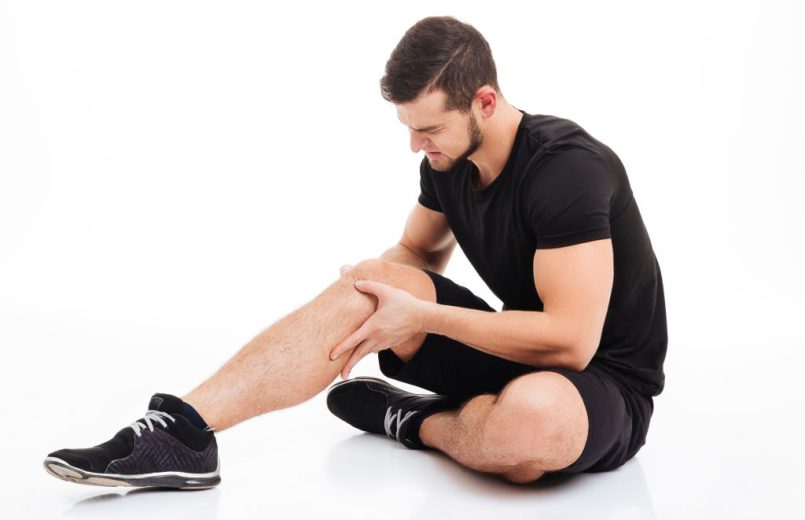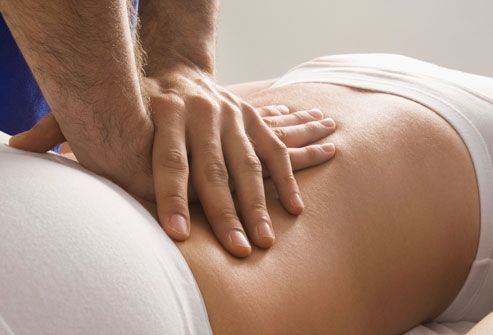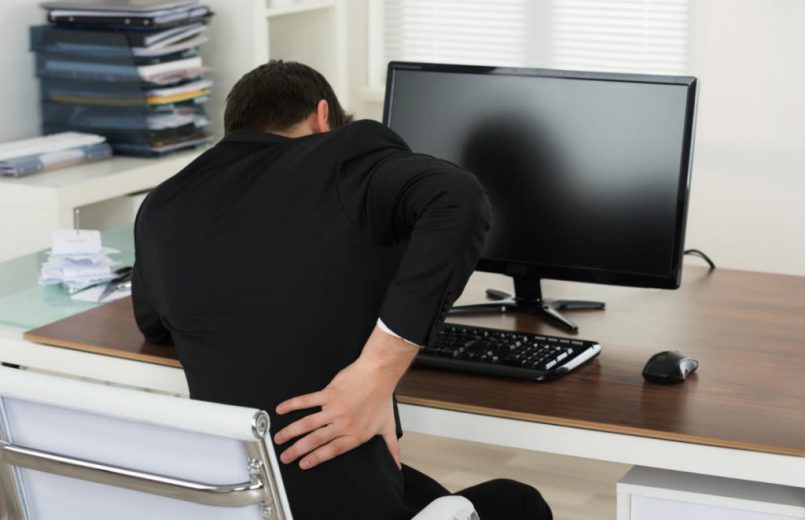If you are adept at sports, you are surely no stranger to sports injuries, but what are the most common? Depending on what type of physical activity we do, our body is more prone to suffering one type of trauma, be it bone muscle or another. From our physiotherapy clinic in Dwarka, our sports physiotherapy experts remind you that when practicing a sport the most important thing is safety: we must be aware of the limitations of our body and of the risks that physical activity entails for our body and our health.
WHAT ARE THE SPORTS THAT CAUSE MORE HEALTH INJURIES?
Going for a run on steep terrain is not the same as, for example, playing squash, just as injuries caused during a paddle game or a game of football are not the same. Stay tuned for more and less dangerous common sports!
Sports injury ranking
If we had to make a ranking of sports according to their dangerousness, the first would undoubtedly be football, boxing or contact sports in general.
Also Cross Fit is among the most damaging sports, and due to the exercise of lifting weights above the head, herniated discs, shoulder and back injuries are especially frequent.
The safest sports to prevent sports injuries
If you want to learn to prevent sports injuries with more sports, we recommend practicing pilates or therapeutic swimming.
Pilates has become a multidisciplinary exercise that has enormous benefits for the joints and muscles. In its most therapeutic modality, our physiotherapist in Dwarka designs exercise tables directed according to age, level or pain, while individually supervising and correcting the work of each patient. For its part, therapeutic swimming is an ideal sport to prevent sports injuries since it does not put any pressure on the muscles and bones while strengthening them through movement without gravity.
In addition, at the physiotherapy centre in Dwarka we have a preventive physiotherapy service that will teach you how to strengthen your bones and muscles by evaluating muscle conditions, thus avoiding future bad gestures, improving the locomotor system and correcting posture.
Likewise, we are experts in sports physiotherapy and for this, we have launched a sports physiotherapy department where you will learn to improve your performance when practicing a sport and, in case of injury, you can heal and regenerate the damaged area to that you can return to normality in the shortest possible time.
WHAT ARE THE MOST COMMON TYPES OF SPORTS INJURIES?
As we mentioned earlier, there are certain types of injuries that are more frequent depending on which sport. Below we reveal which ones.
Types of knee injuries
Knee injuries are very normal in sports where you jump, run, and generally put most of the weight on these joints. For this reason, it is common to treat sprains, meniscus tears, cruciate ligaments, tendon tears or cartilage injuries to those who regularly practice sports such as soccer, basketball or racing.
Frequent muscle aches
Among the most frequent muscle aches are muscle tears, that is, deep fibrillary tears, muscle strains or back pain that can be caused by whiplash.
Also among the most common bone pain are ankle or wrist sprains or simple sprains
HOW TO PREVENT SPORTS INJURIES?
Preventing sports injuries is as easy as maintaining healthy sports habits and never exposing our body to excessive exercise. The first thing is, of course, to carry out sports warm-up exercises that cover not only the main areas exercised during sport, but we must also take into account the areas most susceptible to injuries such as the neck, wrists or ankles. In addition, in the end we always recommend executing a series of muscle stretches to avoid contractures or fiber breaks. In both cases, they should be run smoothly without straining the body too much.
The best treatments for sports injuries
Depending on your type of injury, at physiotherapy clinic in Dwarka, we offer you the most avant-garde machines, the most innovative exercises and, of course, the most experienced sports physiotherapist in Delhi so that your recovery is effective, fast and definitive.




